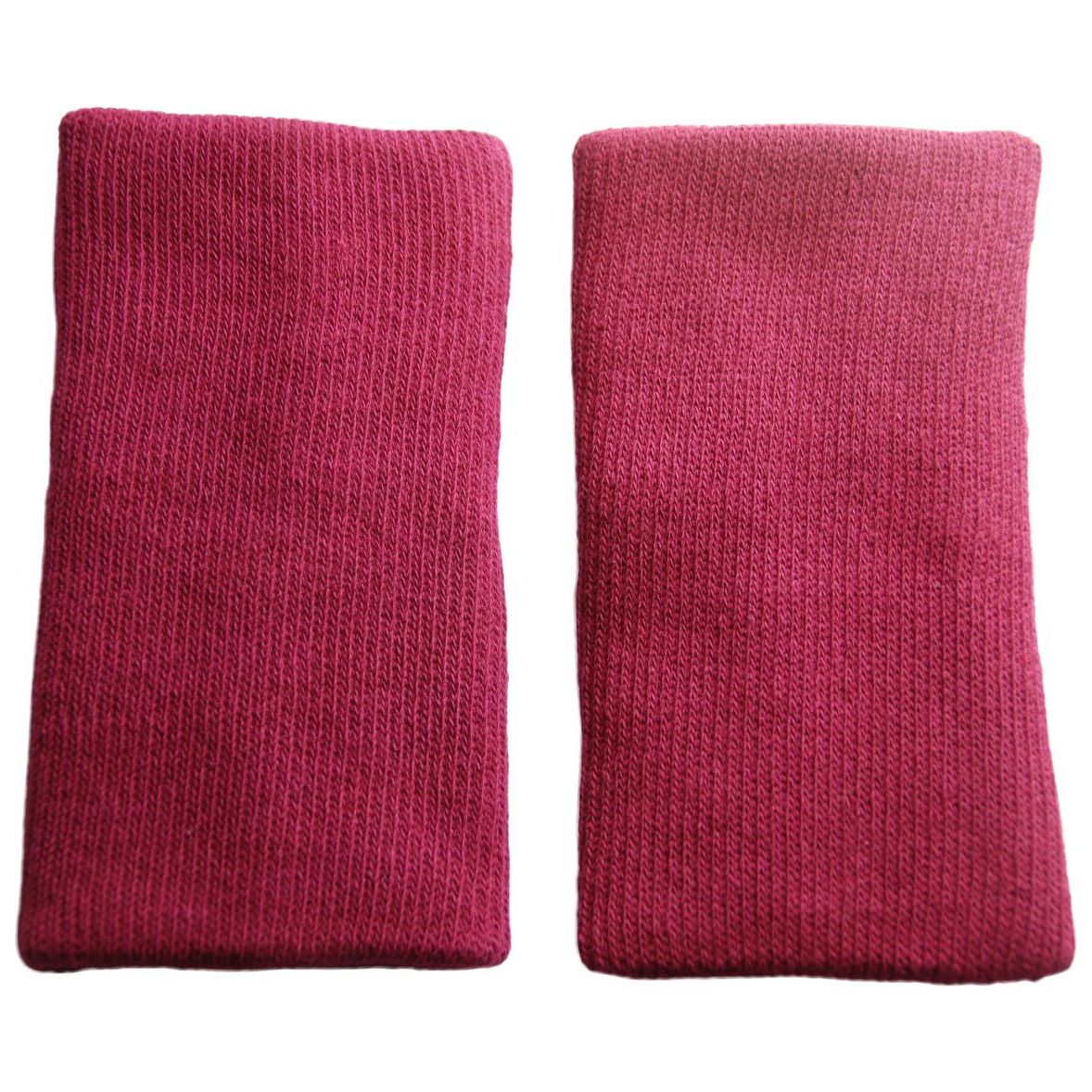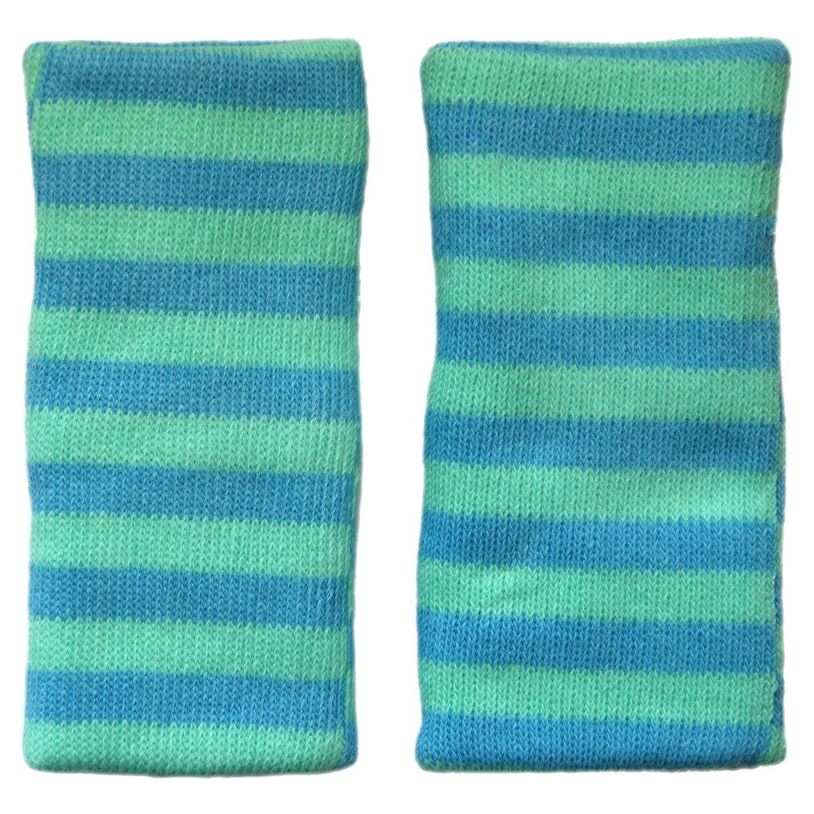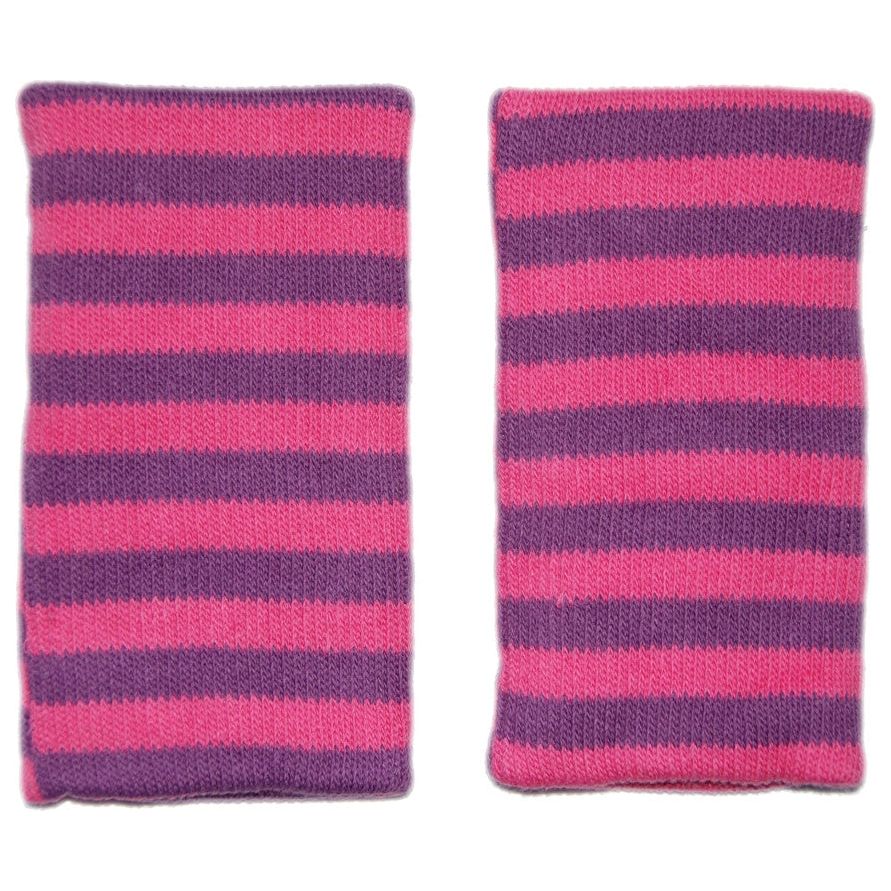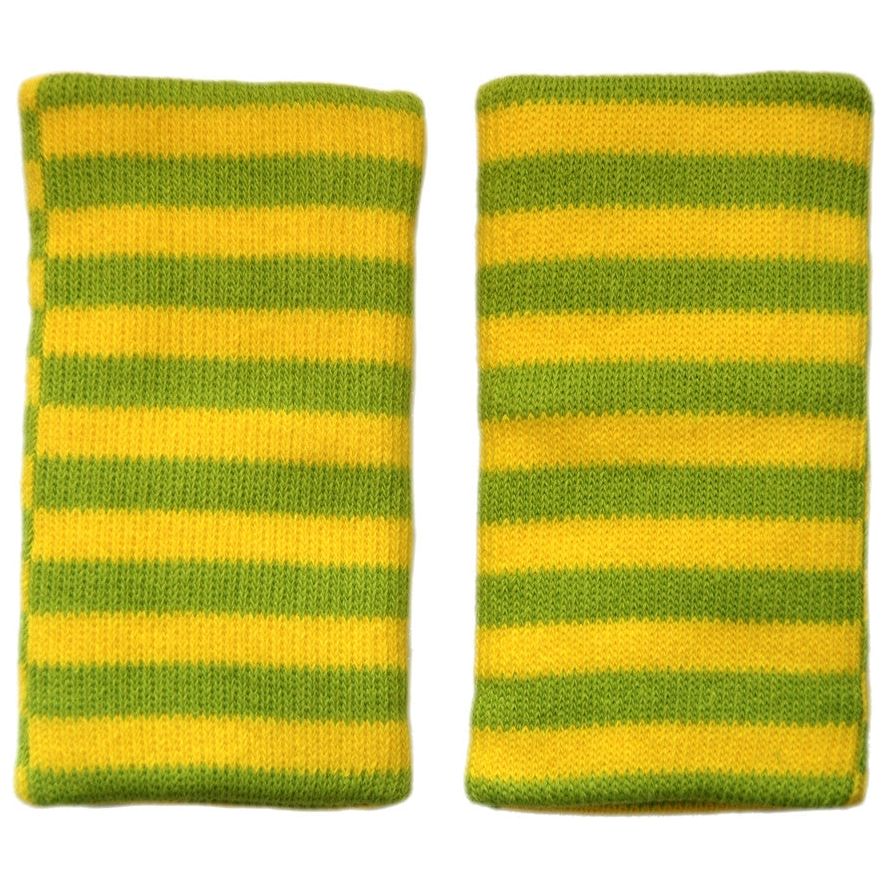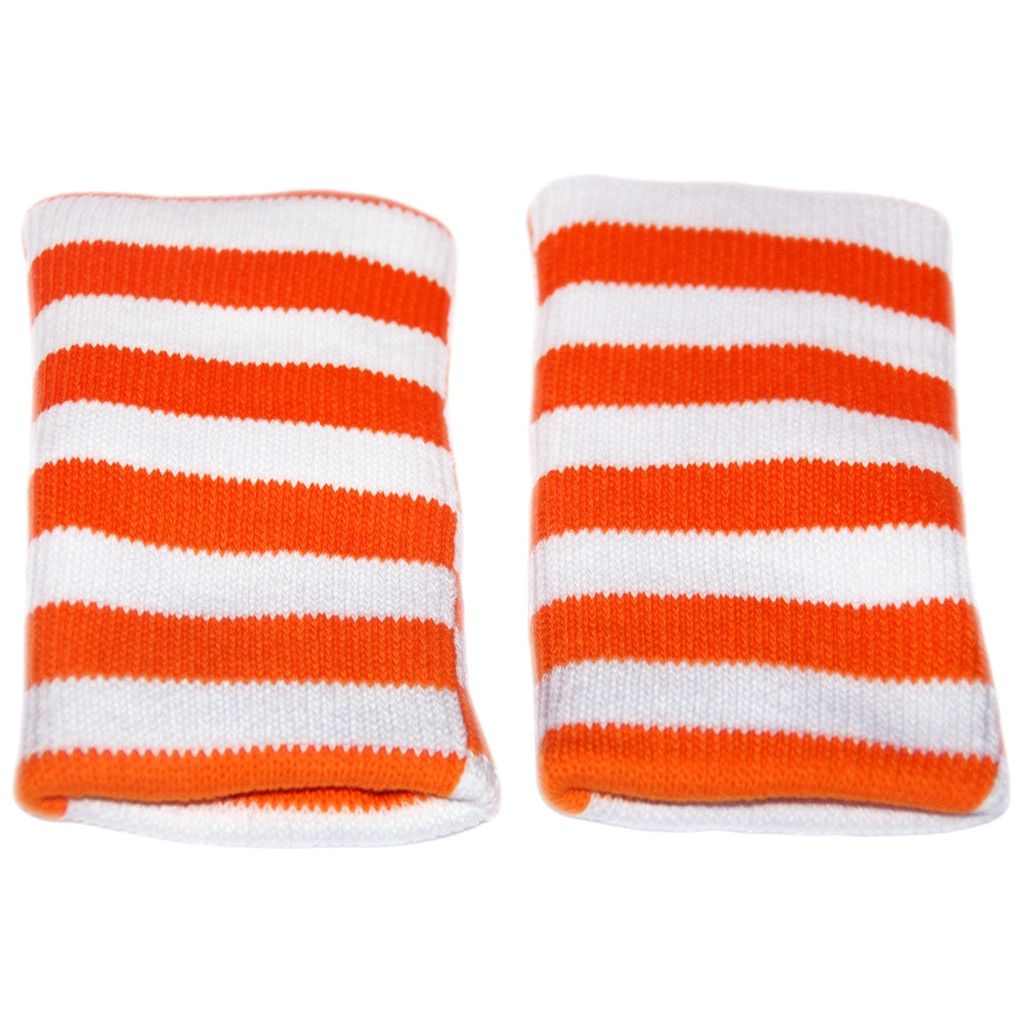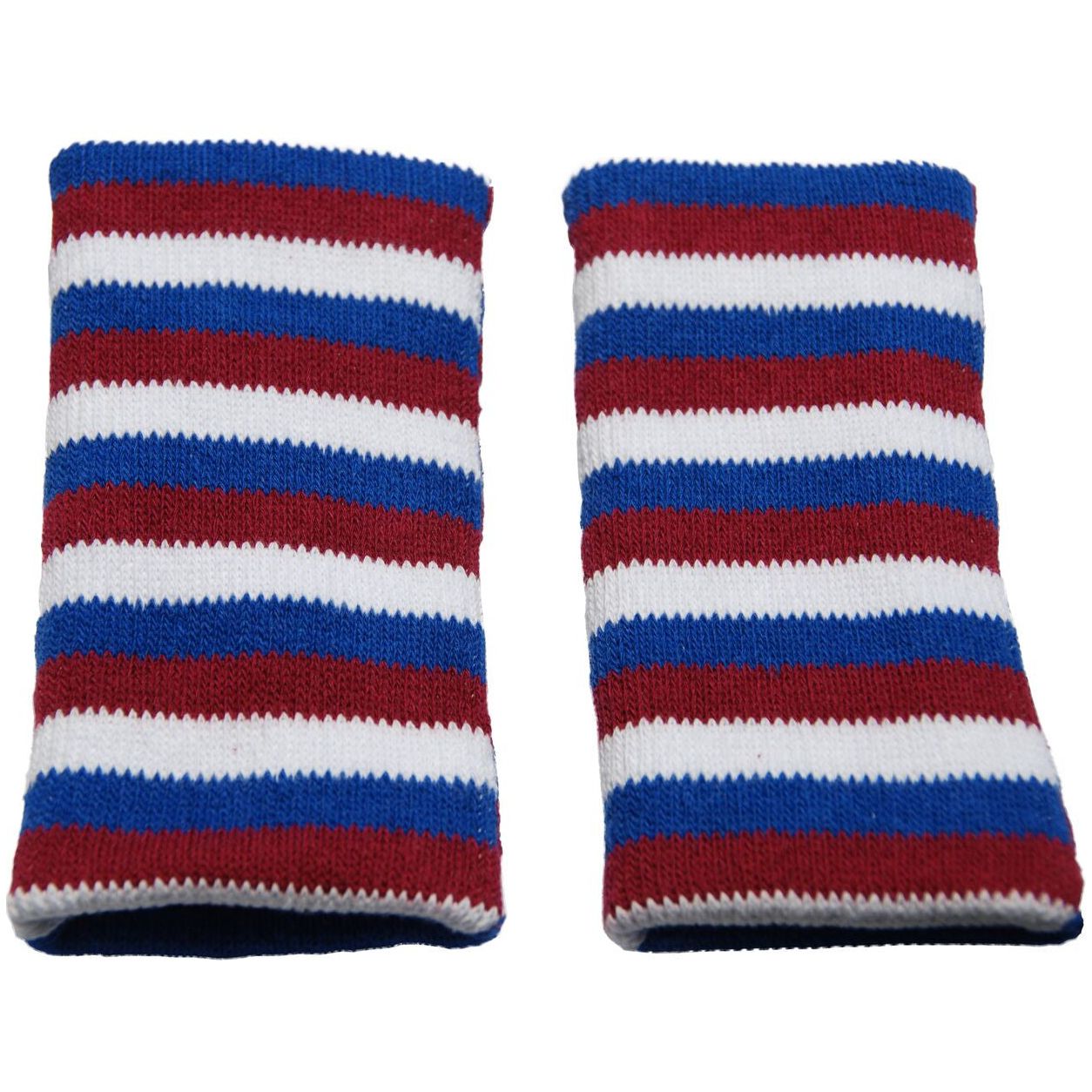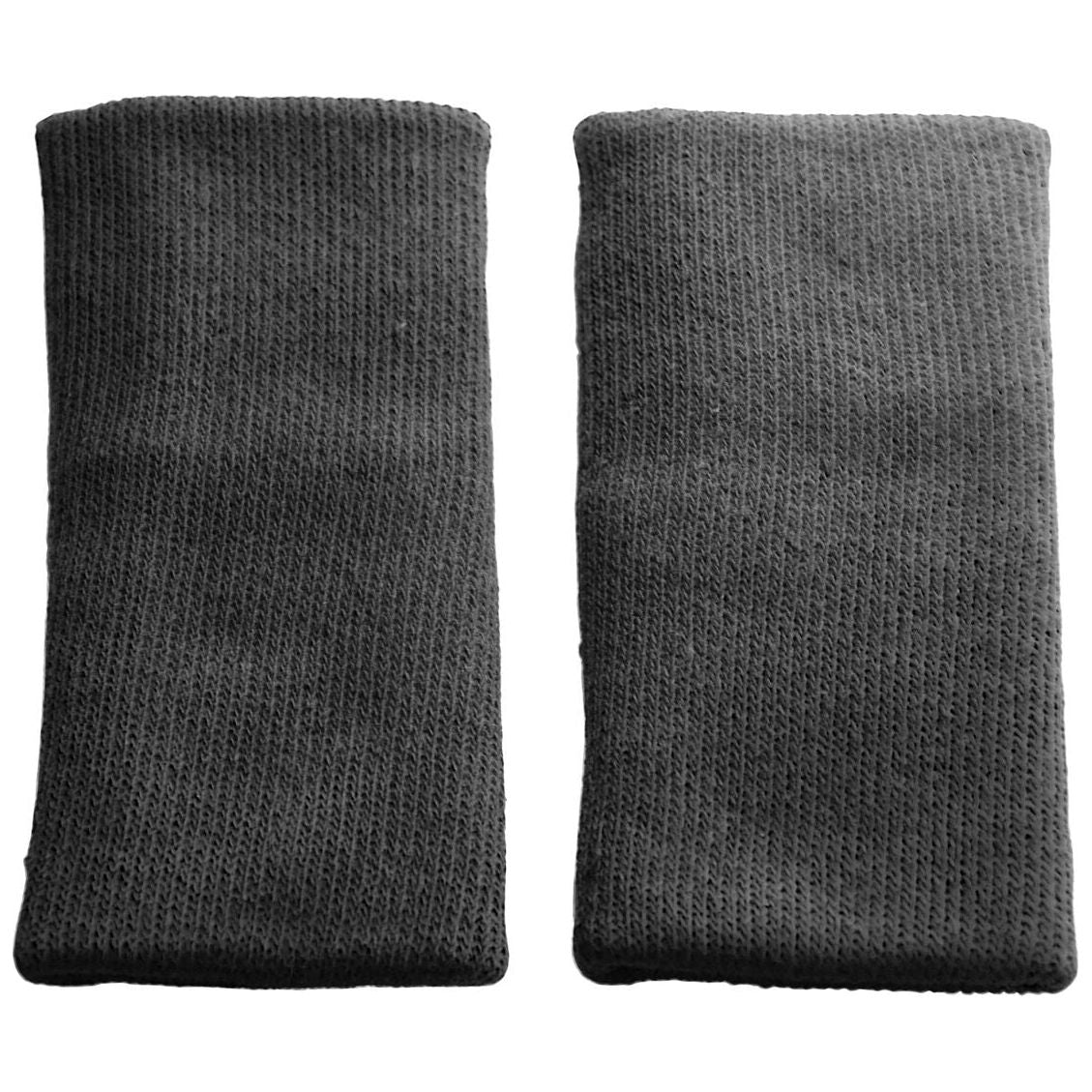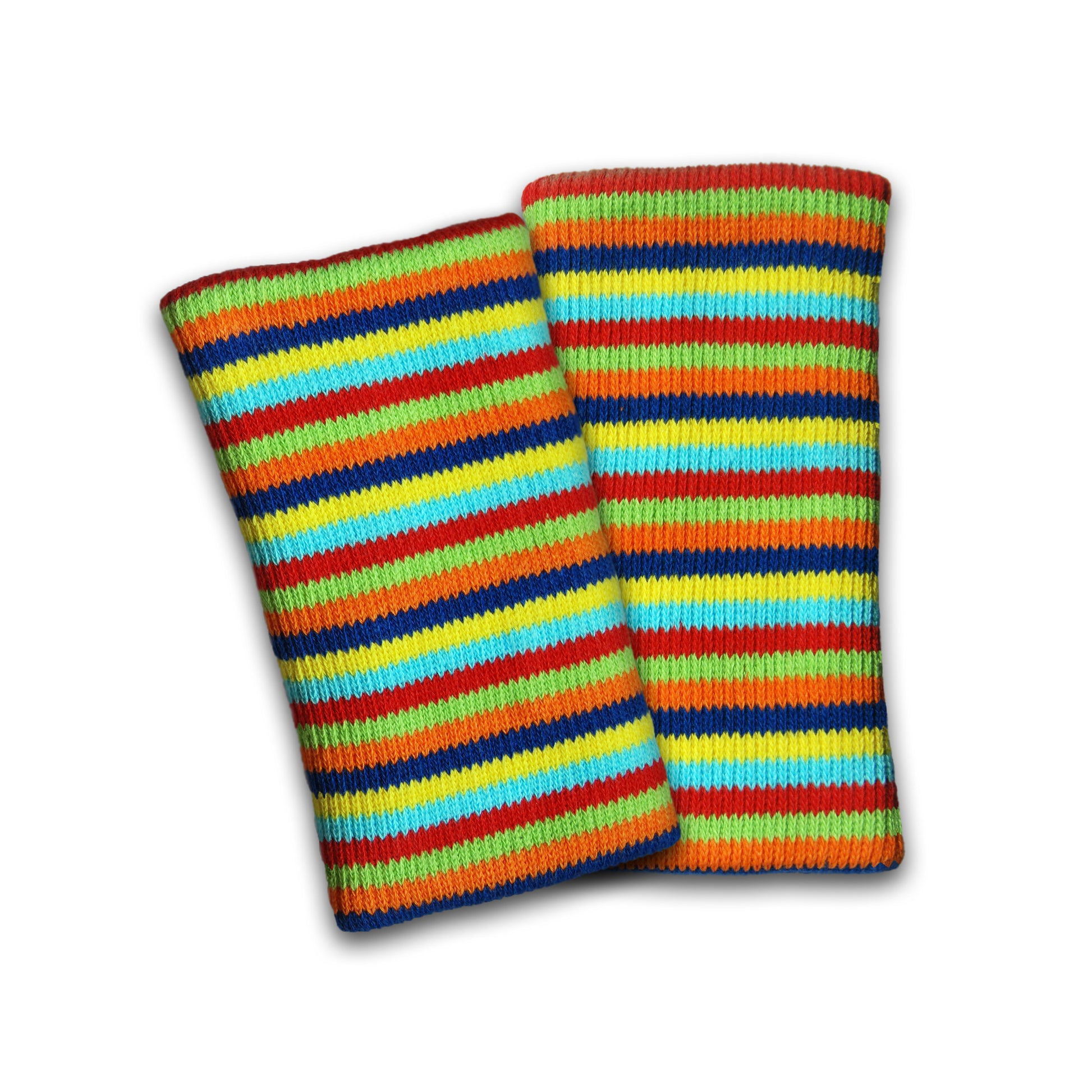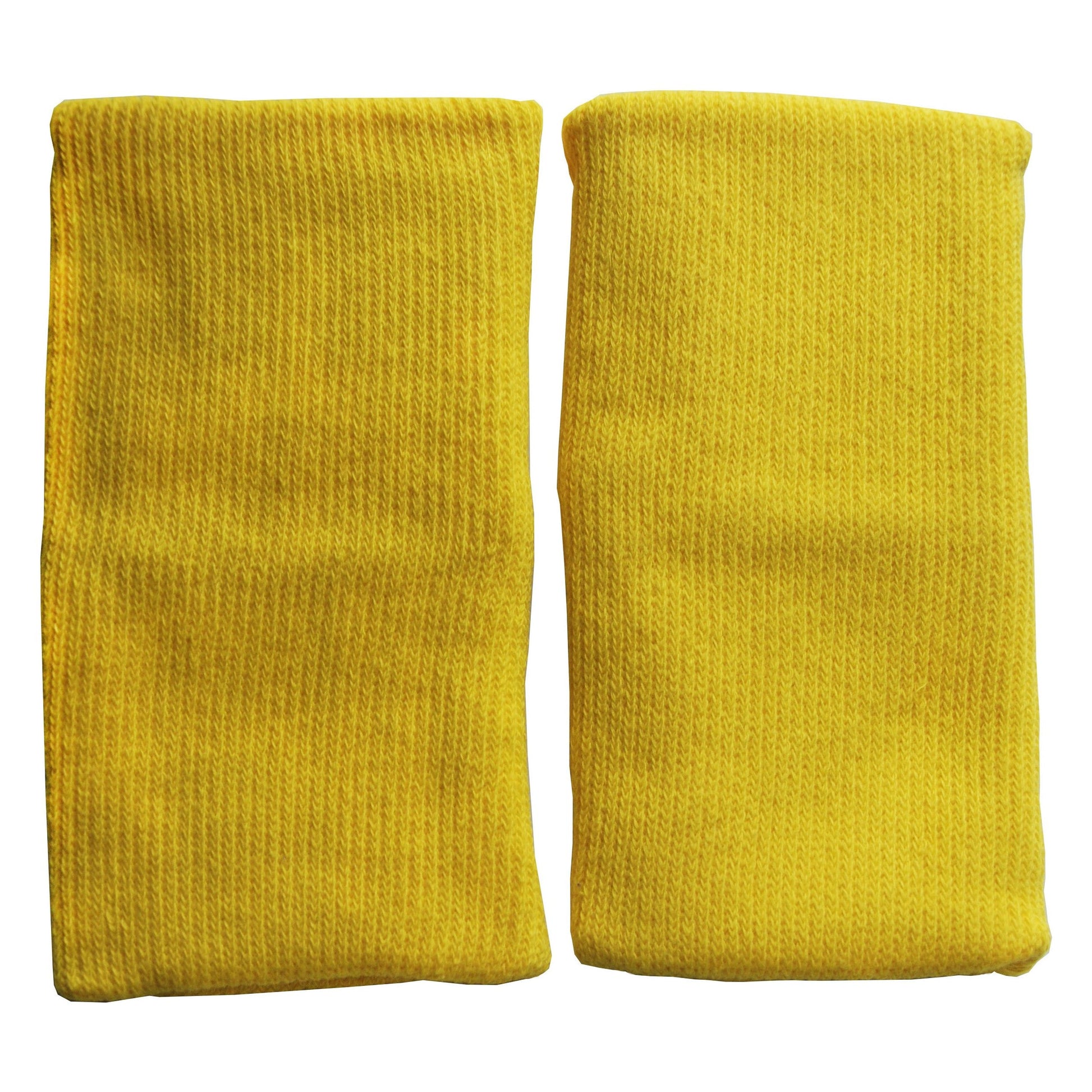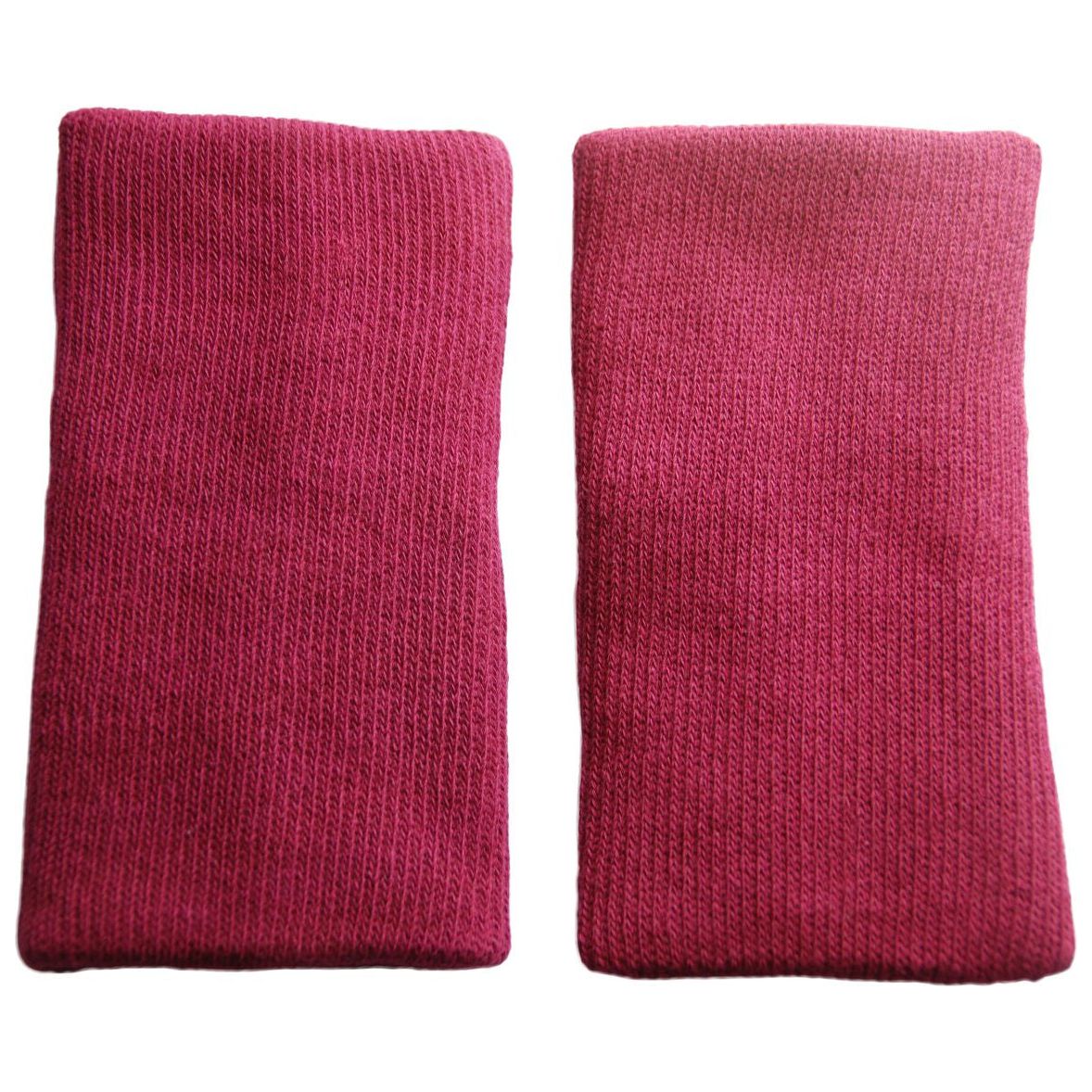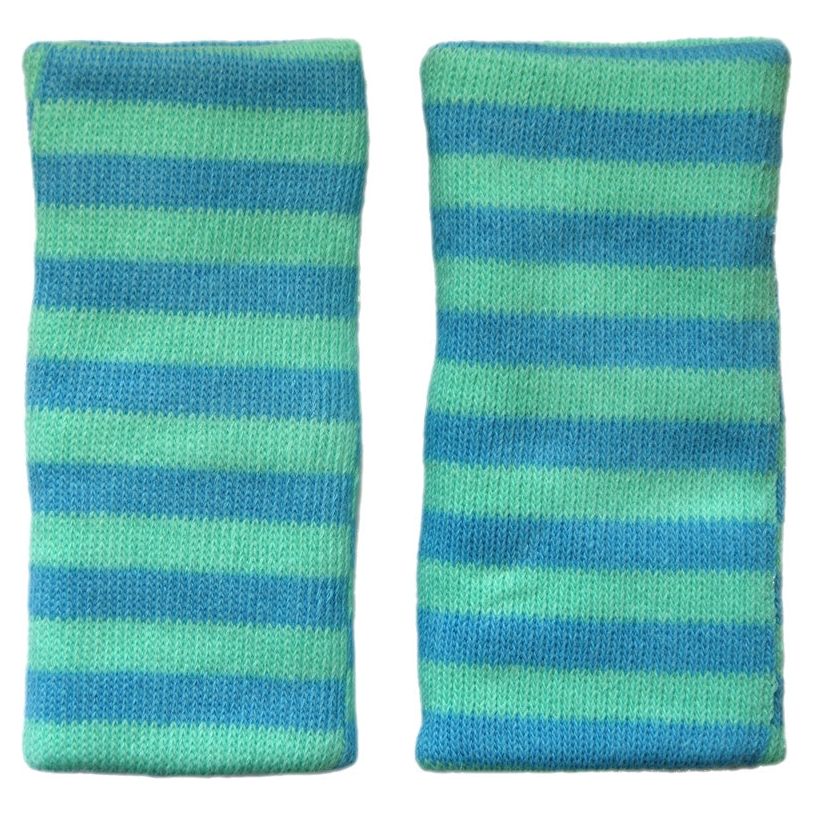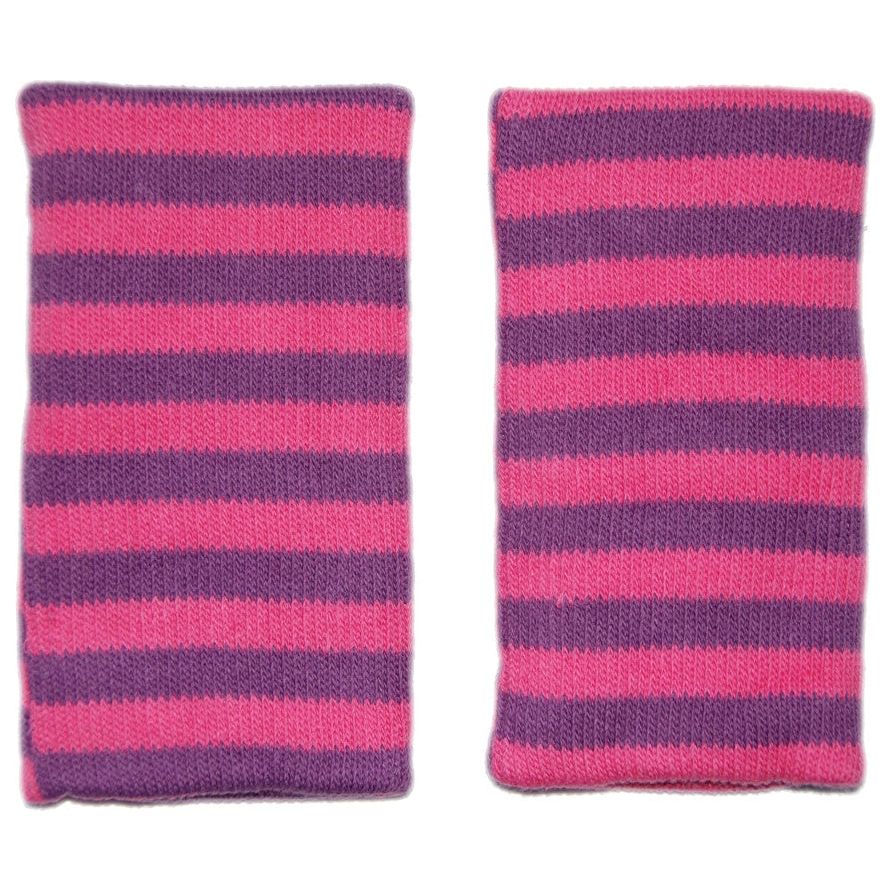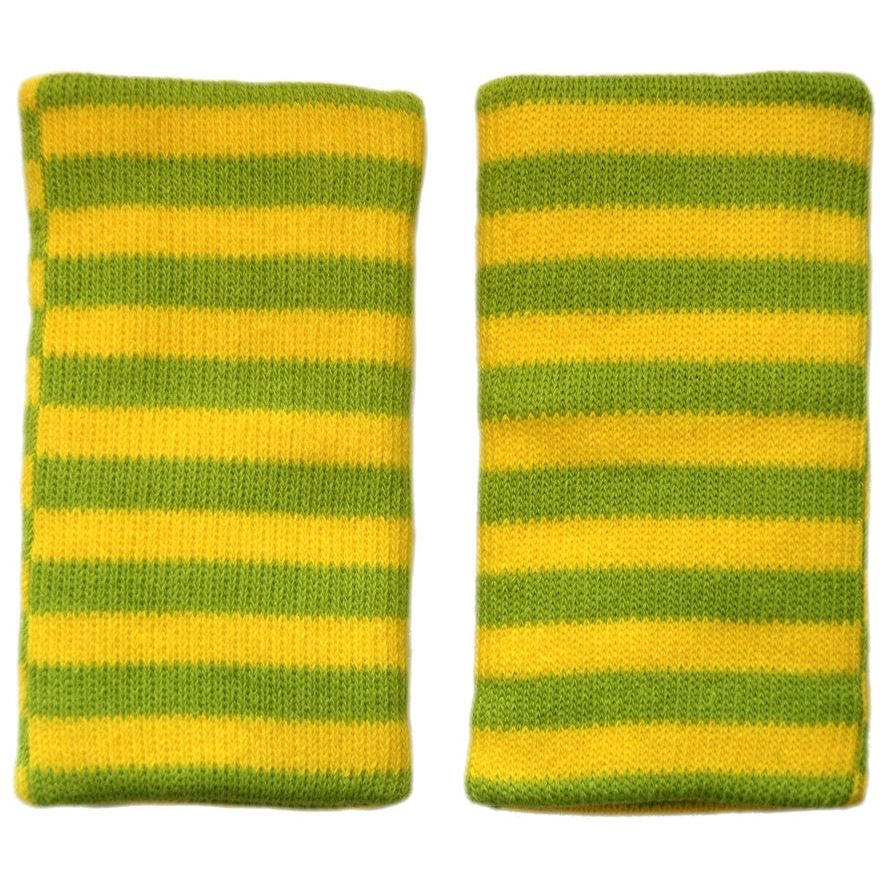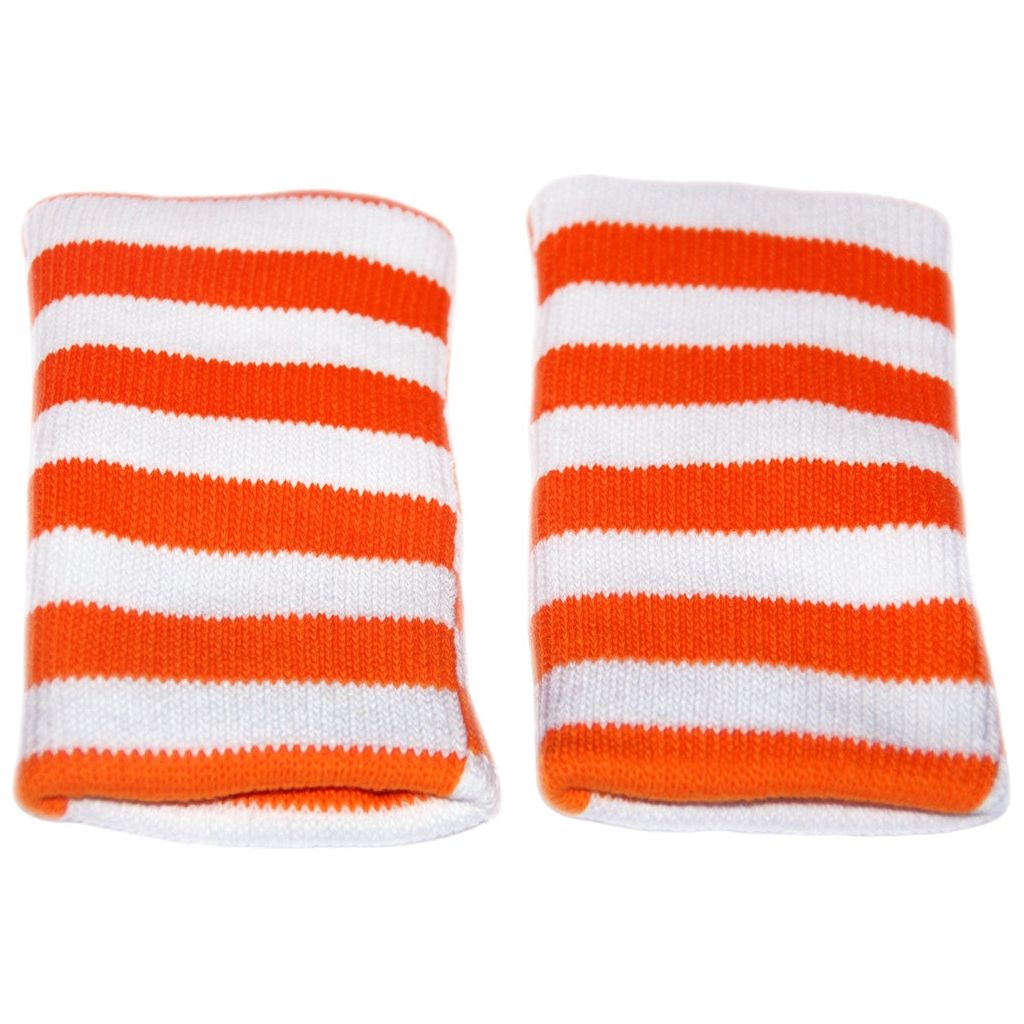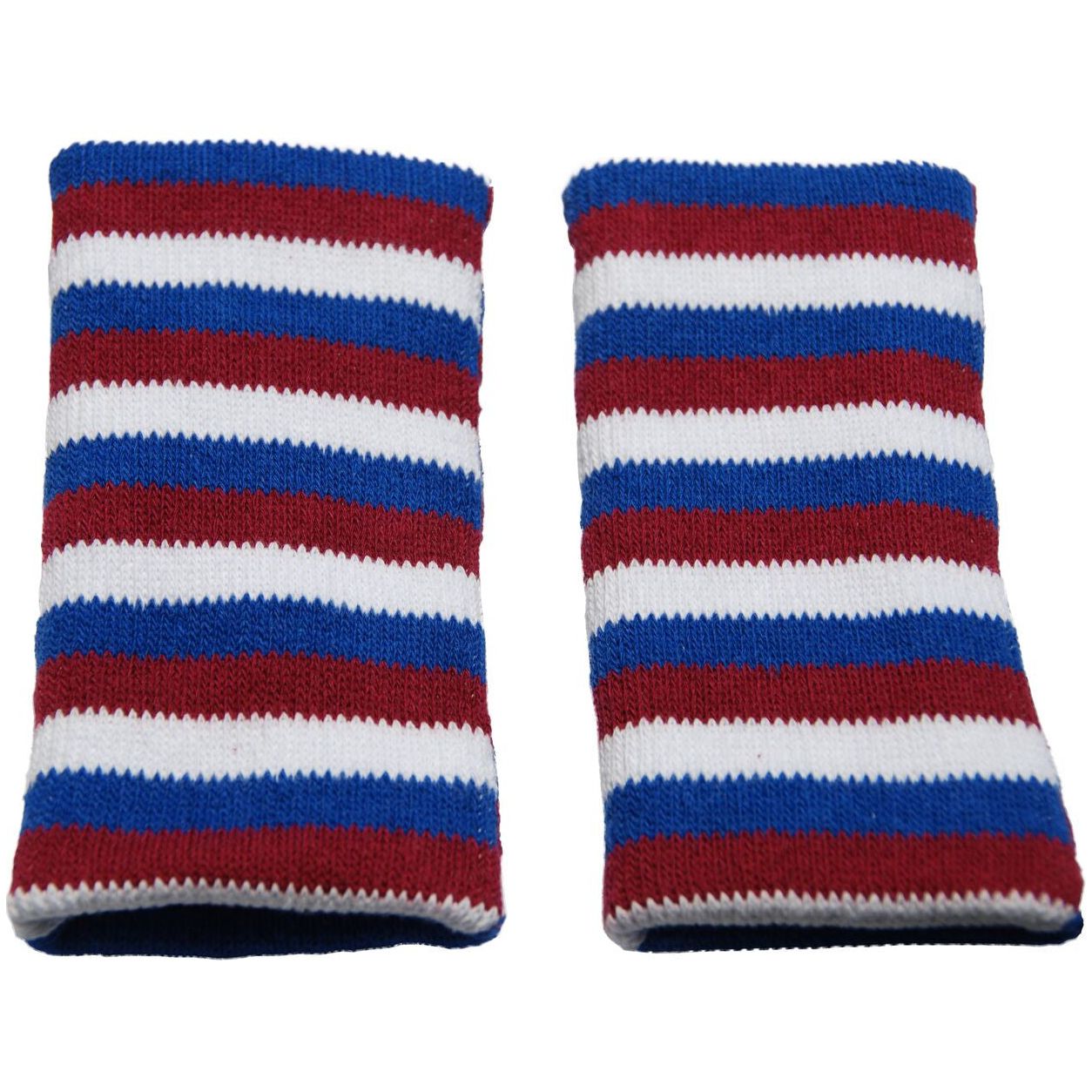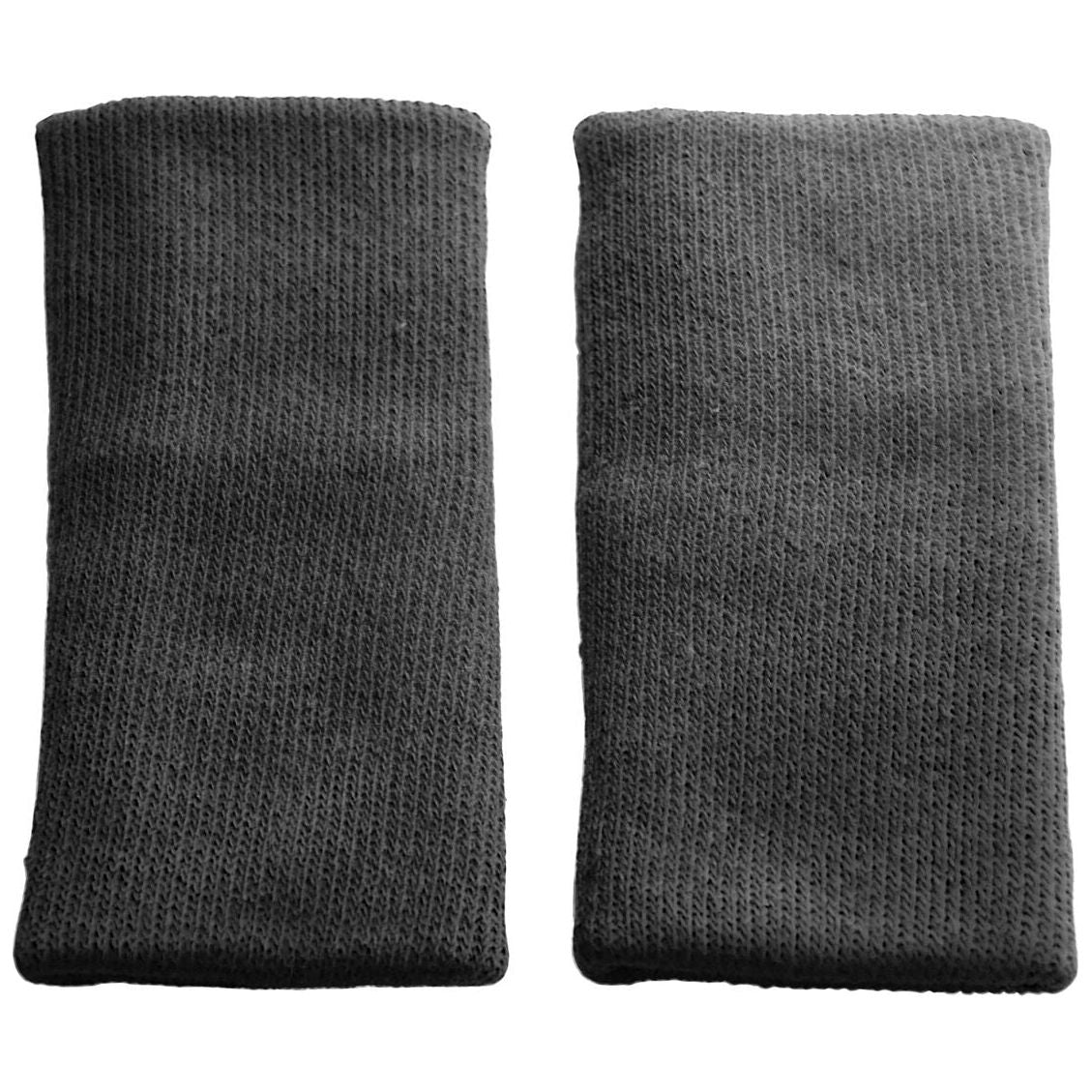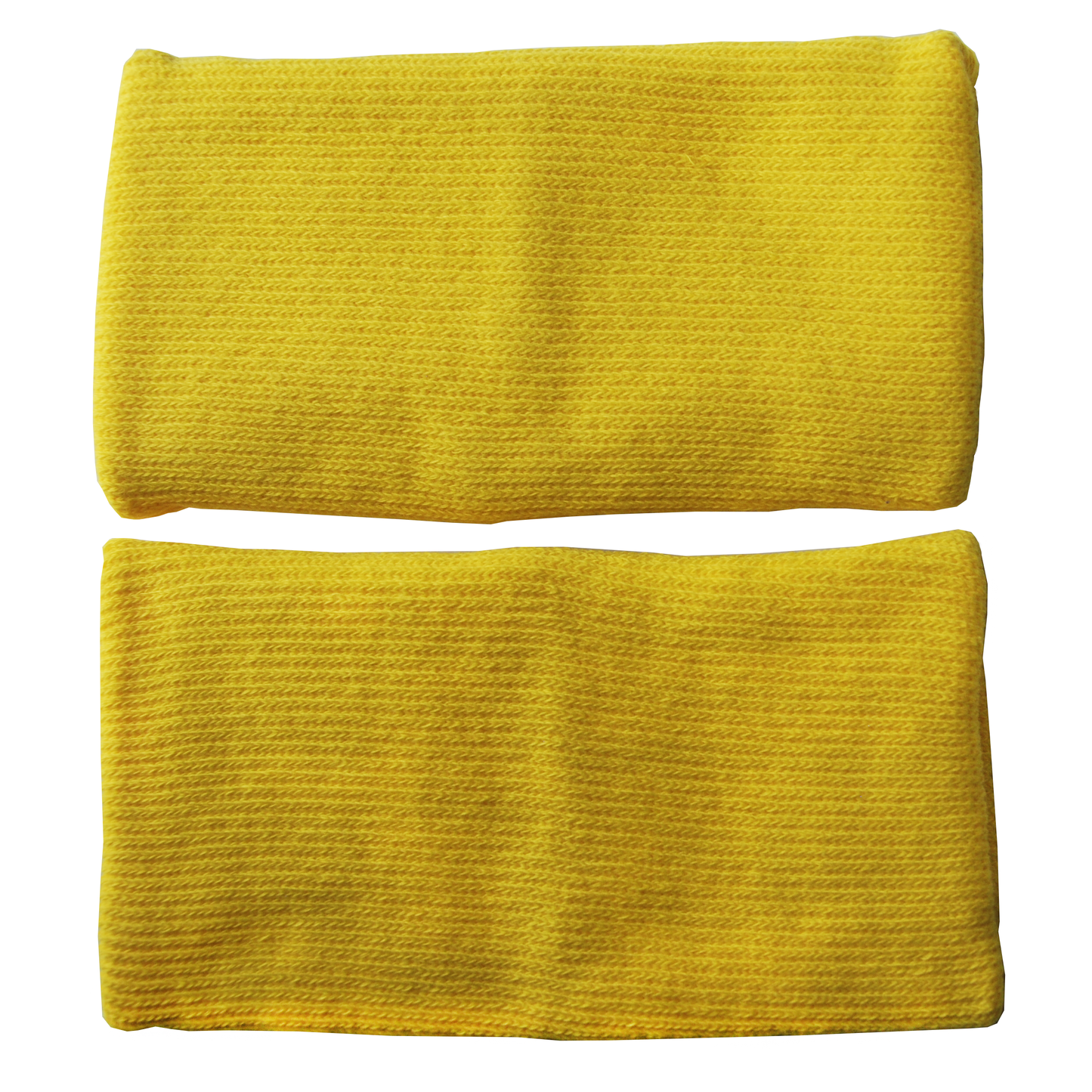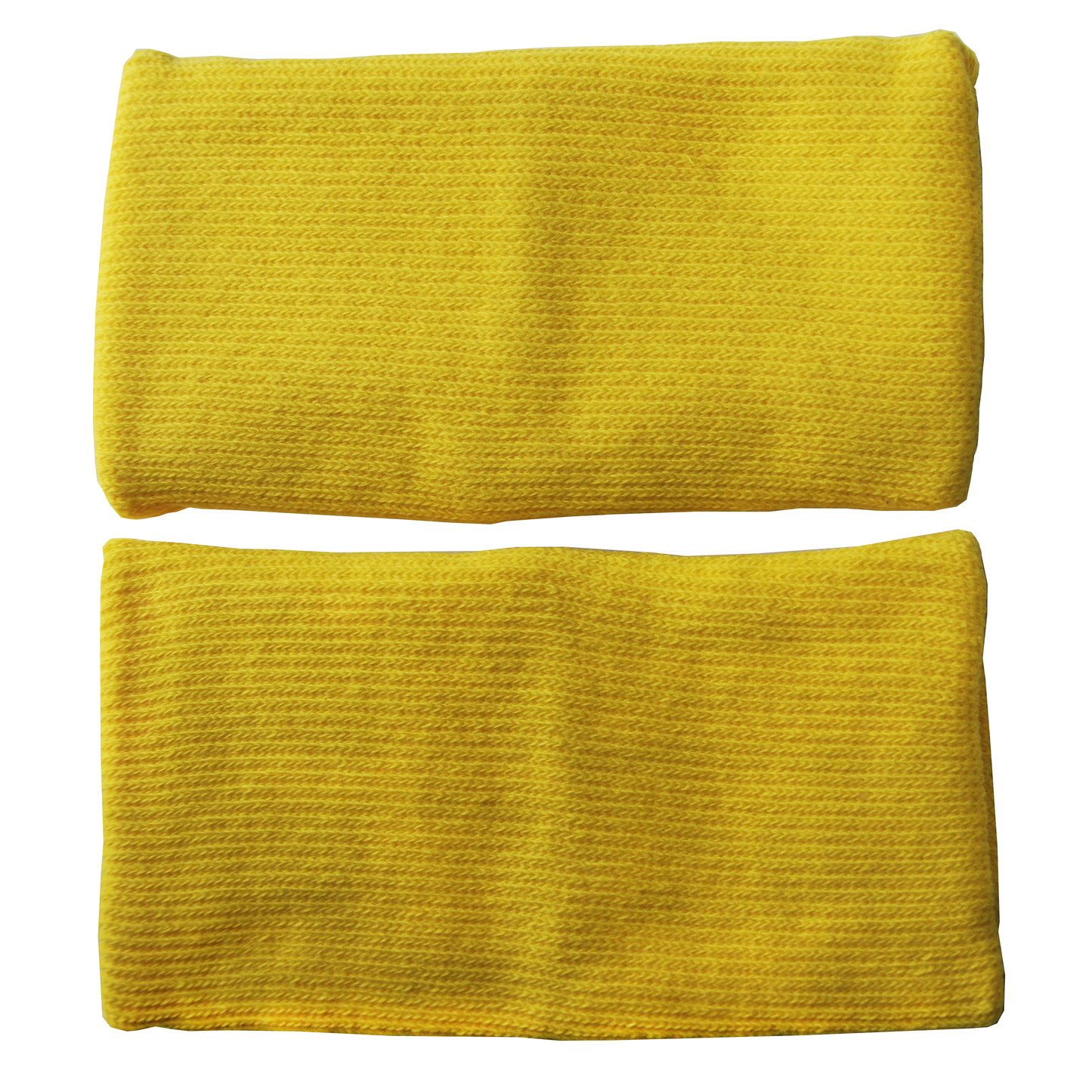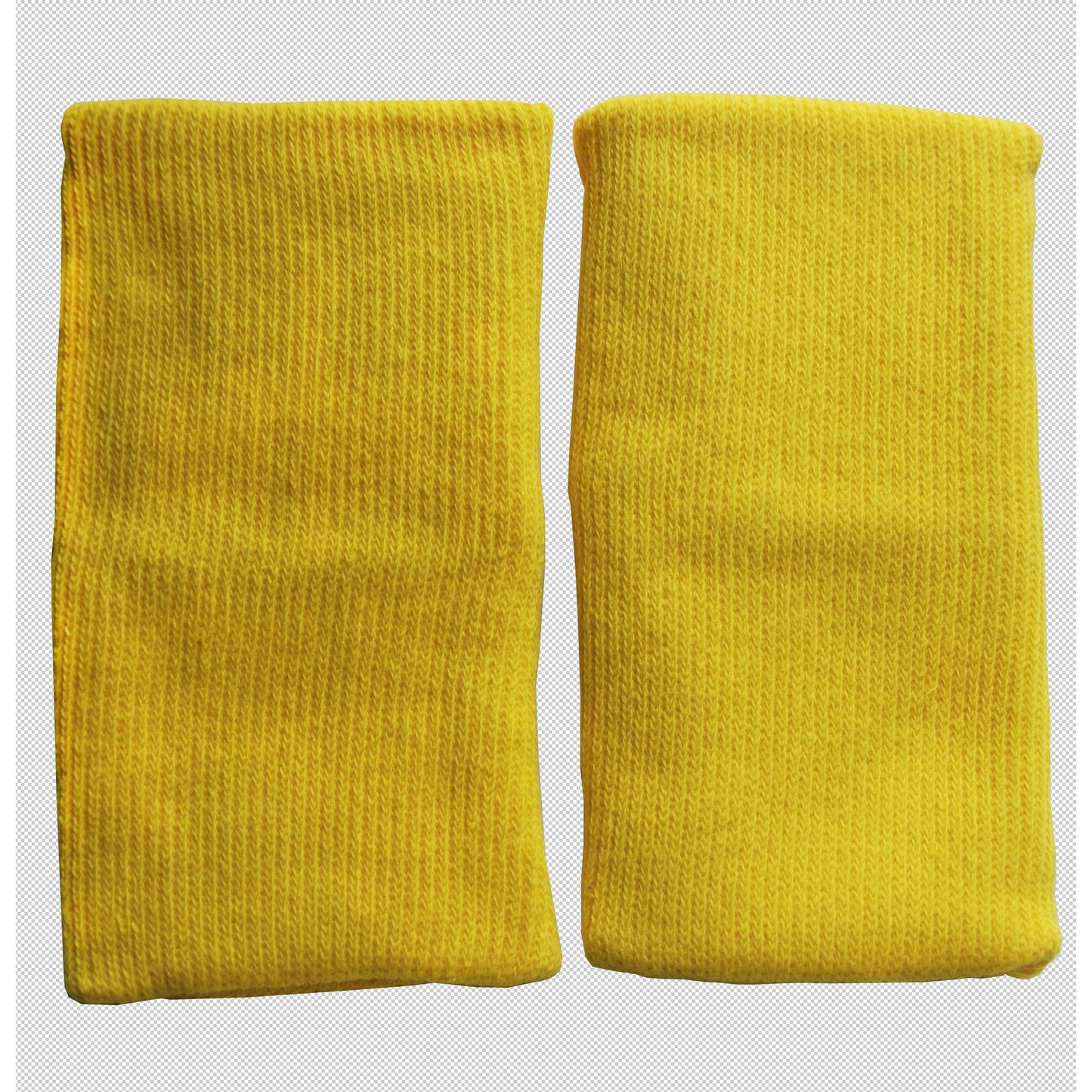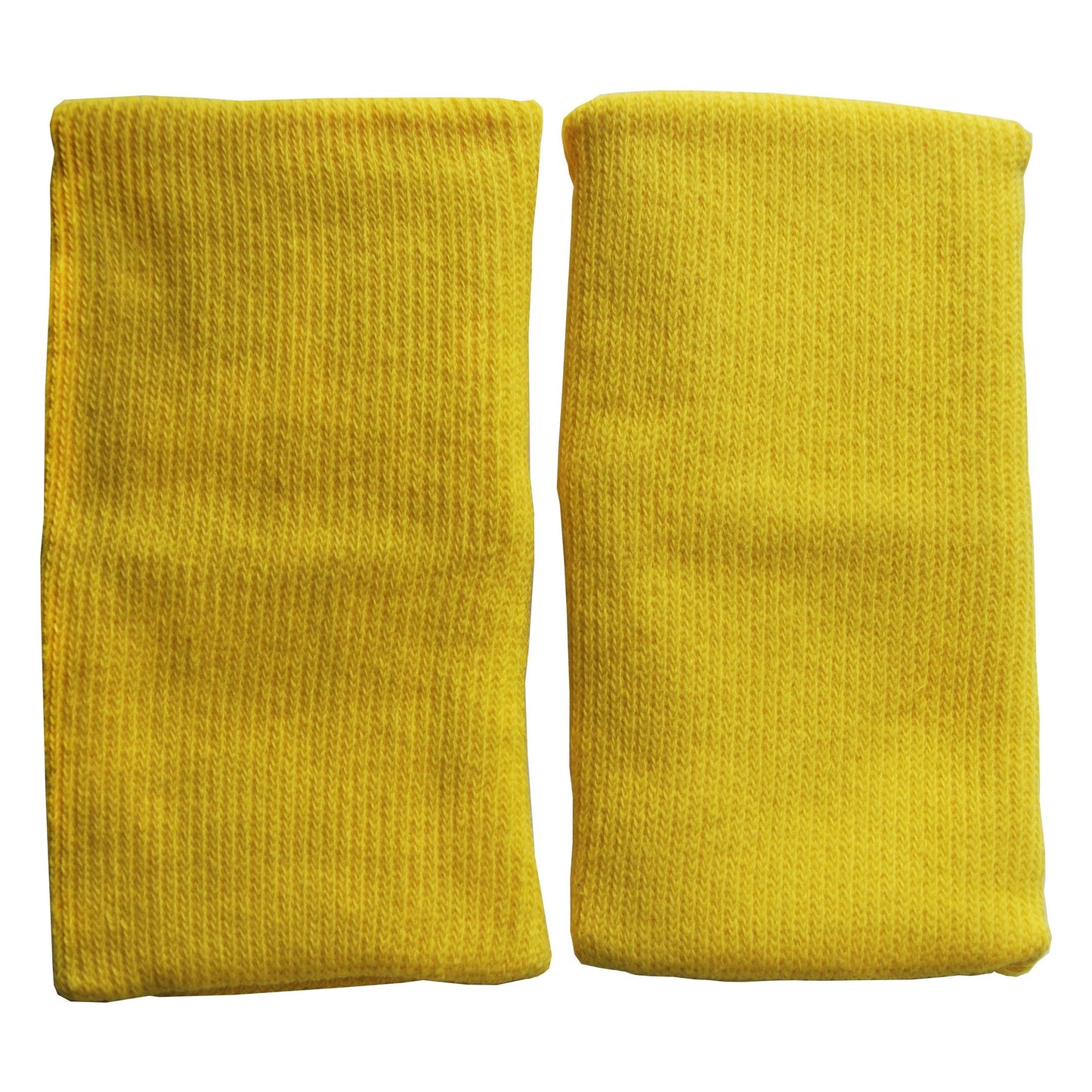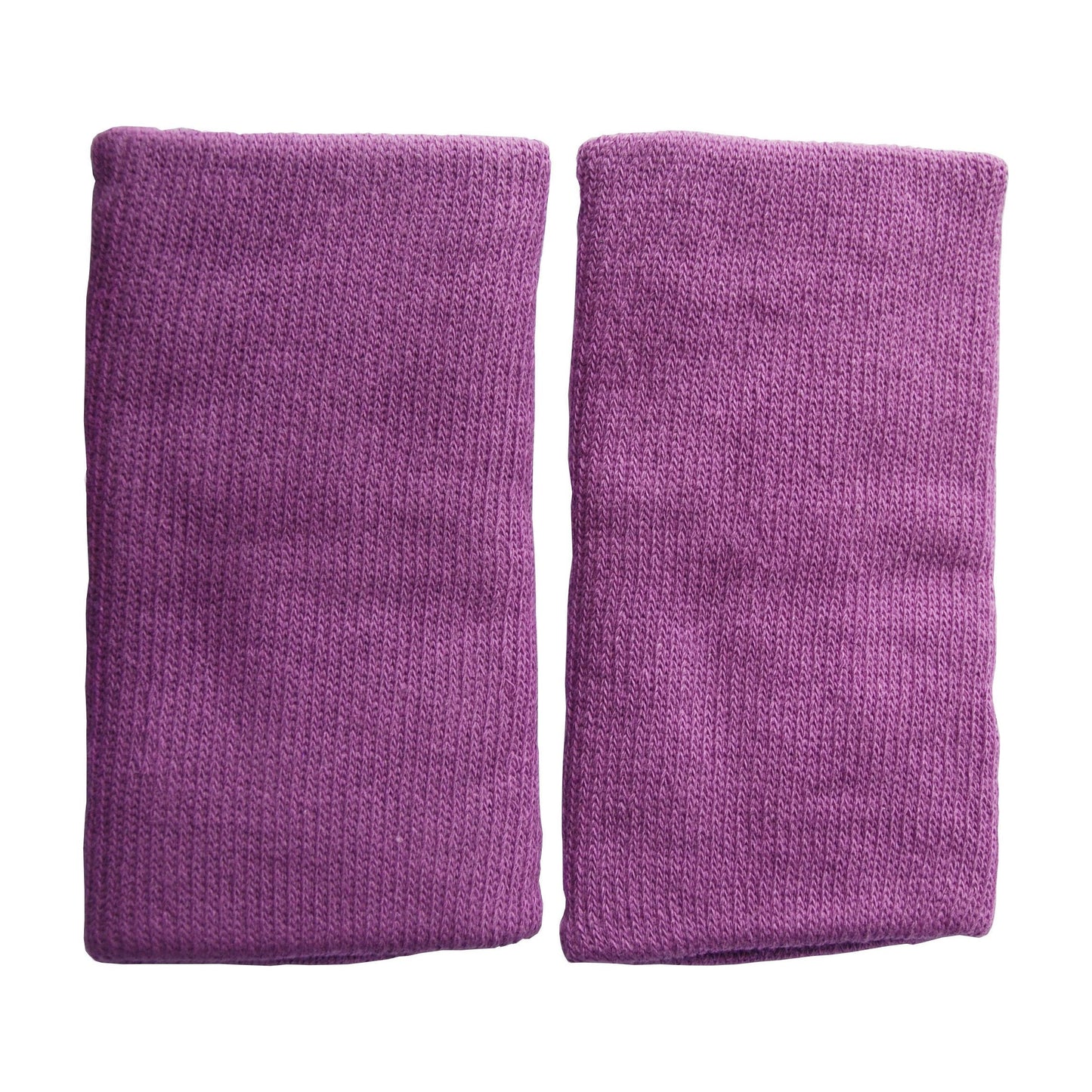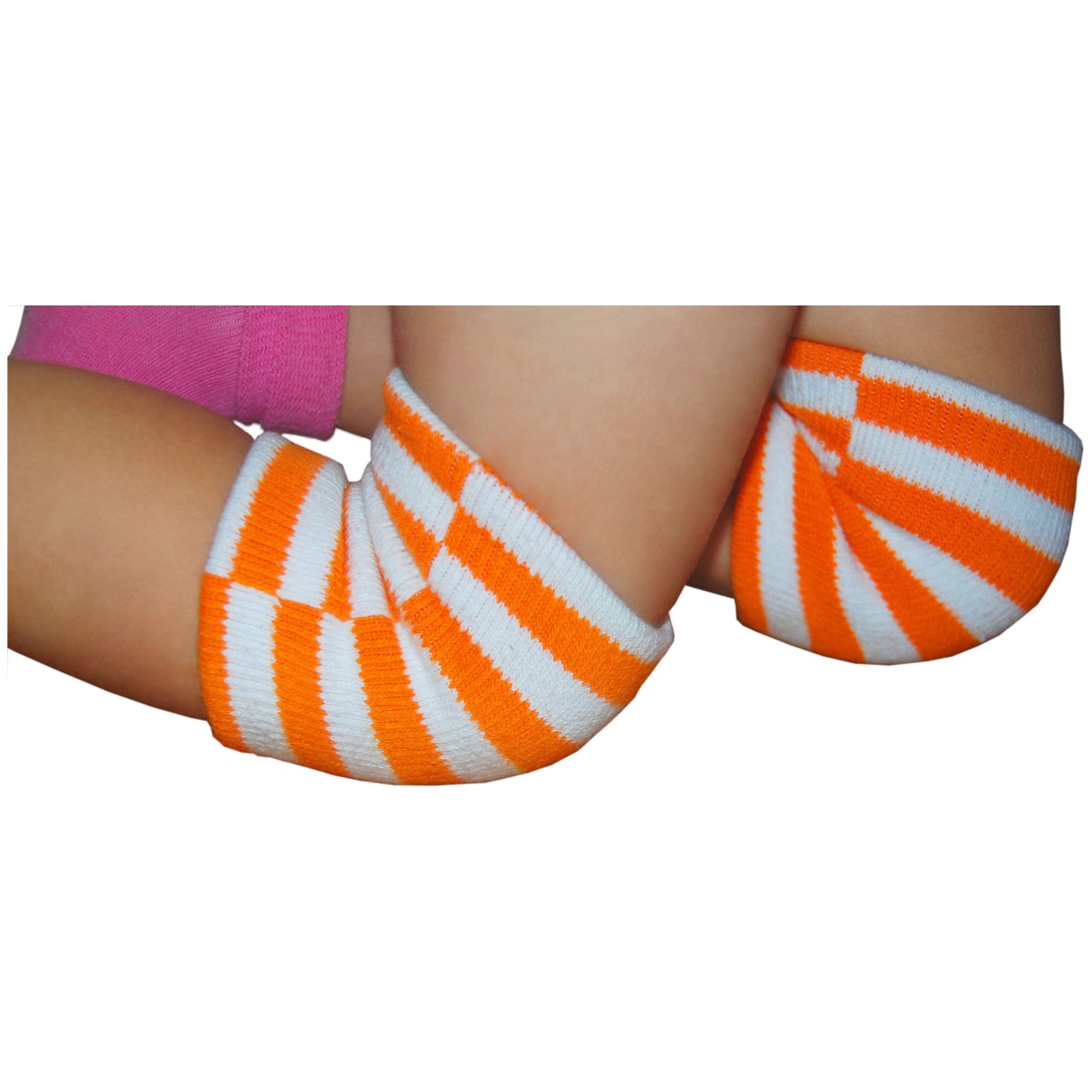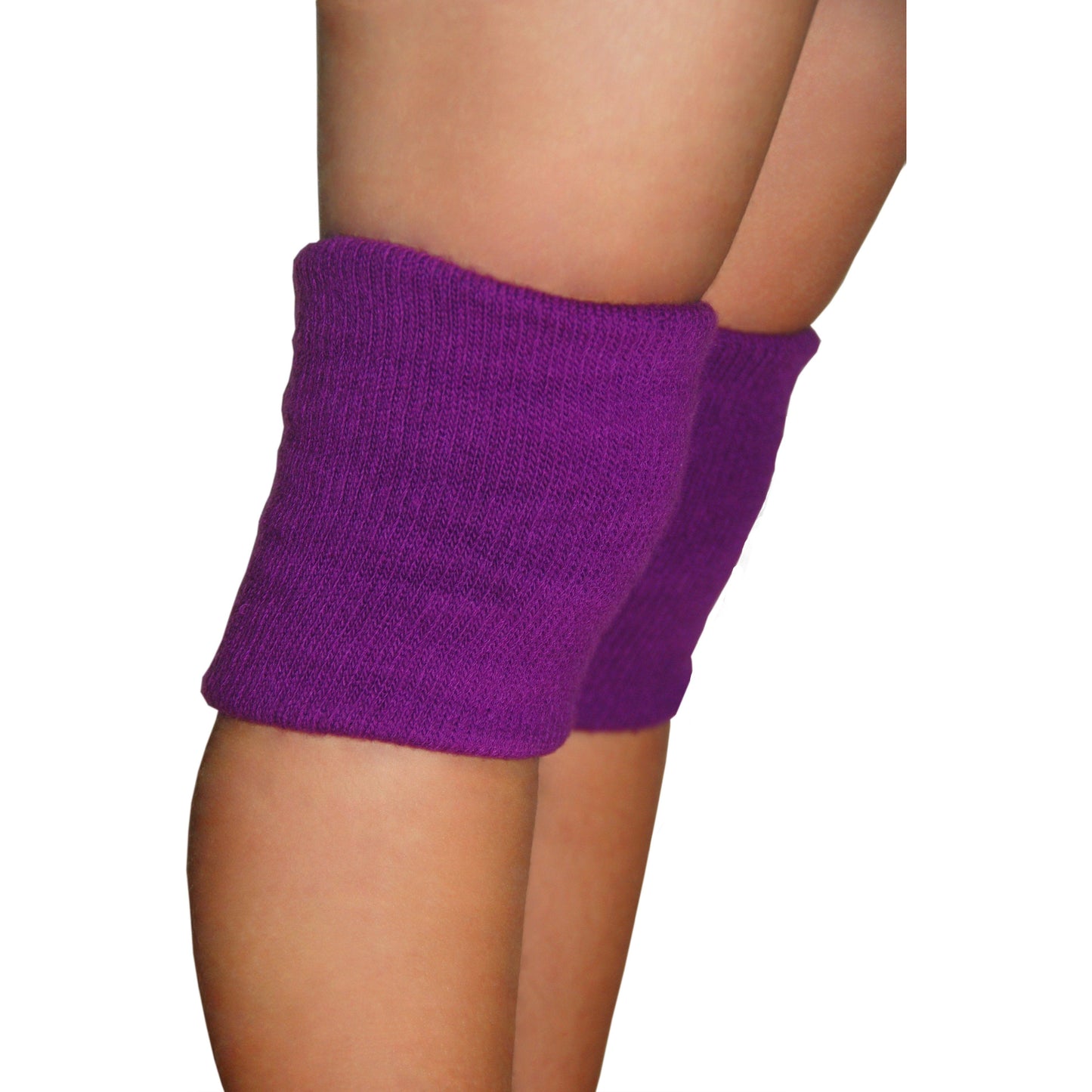Signs Your Baby Is Ready to Crawl
Before your baby begins to crawl, they'll show signs that they're ready to start moving on their own. These signs might include:
- Rolling over from their stomach to their back, and vice versa
- Pushing their knees under their body and rocking back and forth
- Sitting without support
- Scooting on their belly
Your baby will likely begin to demonstrate these behaviors between 6 and 10 months of age.
Stages of Crawling
Crawling typically occurs in stages, each one a step closer to independent movement. Here's a general progression:
Stage 1: Belly Crawling or Commando Crawling - Your baby may begin by pulling themselves across the floor using their arms while their belly and legs drag behind.
Stage 2: Classic Crawling - This is the typical crawl most people think of, with your baby moving on their hands and knees.
Stage 3: Cruising - In this stage, your baby will pull themselves up to a standing position and start to move around while holding onto furniture for support.
Supporting Your Baby's Crawling Journey
As your baby embarks on their crawling journey, there are several ways you can support them:- Create a safe space: Ensure your home is baby-proofed, removing potential hazards that could injure your crawling baby.
- Encourage exploration: Let your baby have plenty of floor time to practice their new skill.
- Use toys: Place toys just out of your baby's reach to motivate them to move.
- Protect their knees: Consider using knee pads to protect your baby's knees from scrapes and bruises as they learn to crawl.
One such product is KneeBees Soft Knee Pads for Crawling Babies. These knee pads are designed to protect your baby's knees from scrapes and bruises that can occur as they explore their surroundings. Parents who've used them have reported their children being happier and more confident as they explore their world, with less fear of painful skin abrasions.
As parents, our role is to support our children as they grow and develop new skills. Understanding the stages of crawling and knowing how to assist your child during this time can help make the process smoother and more enjoyable for both of you. And with products like KneeBees, you can have peace of mind knowing that you're doing everything you can to keep them safe as they embark on this exciting journey towards mobility.


